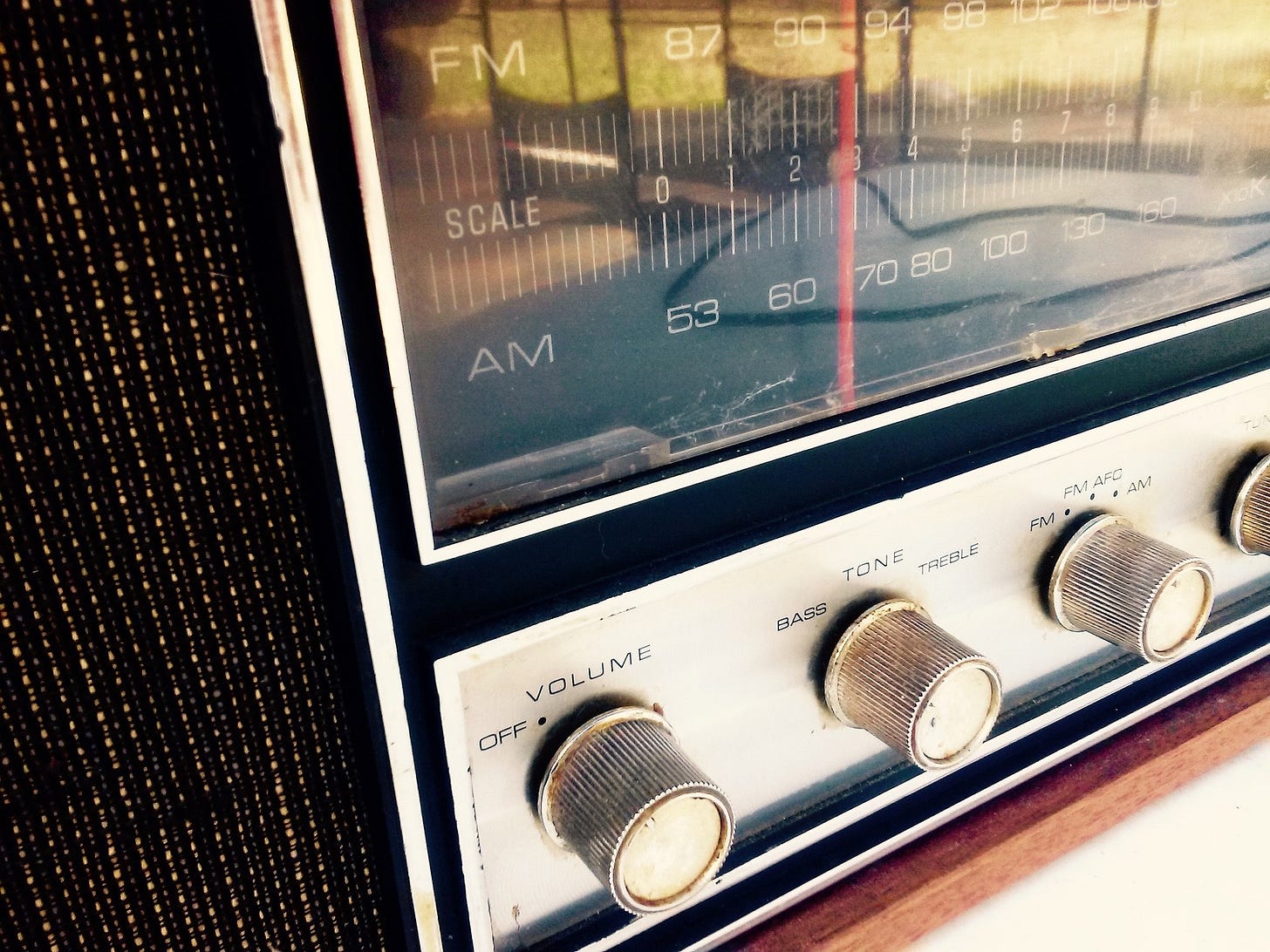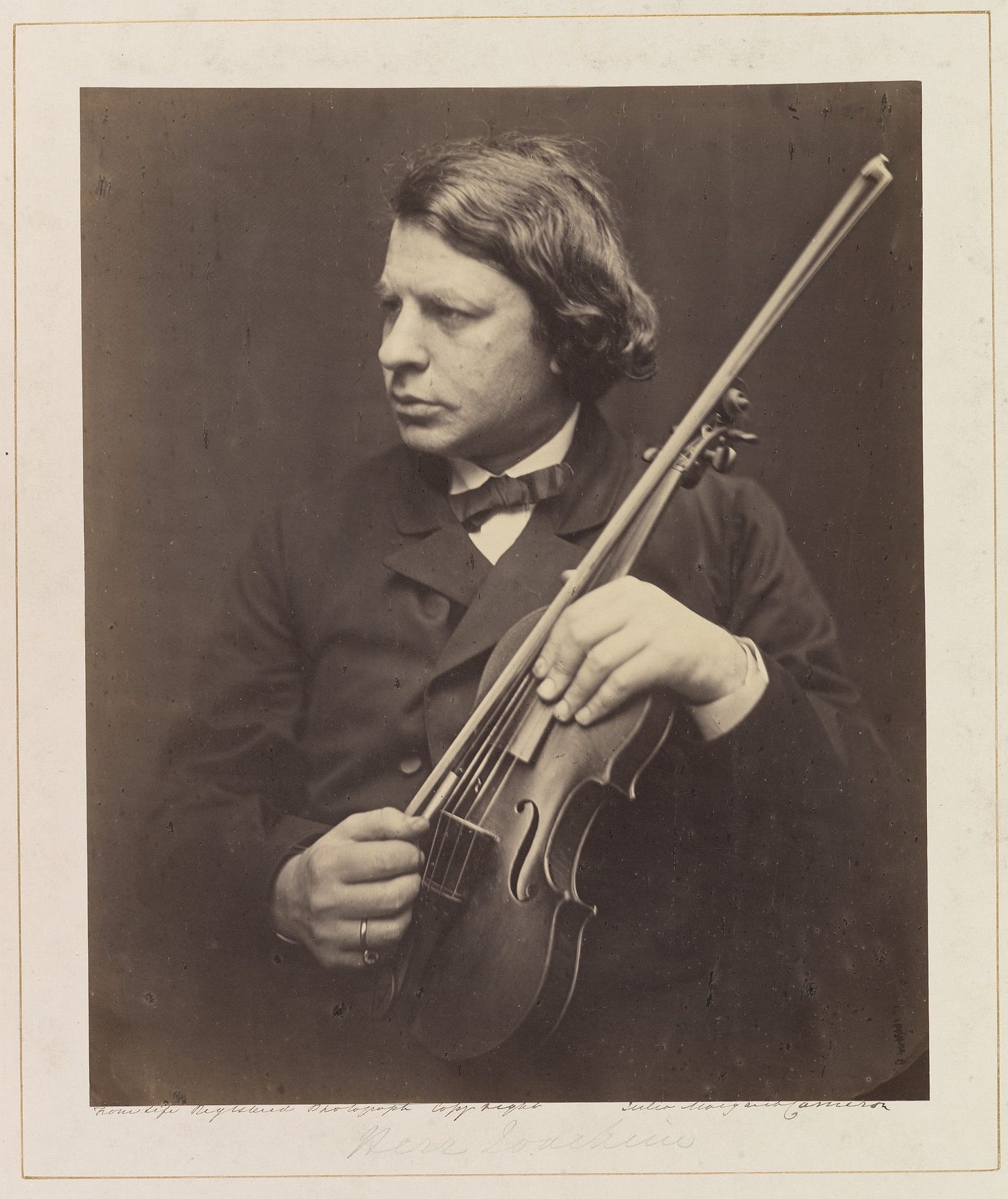Is there a particular sound that makes you reach for the radio off button? For me, nothing (well, apart from the Archers theme) makes me leap across a room faster than a particular violin sound that seems to have become popular with some young string players in the last decade or so.
Individual notes bulge, starting with no vibrato and accelerating into full wobble; quiet notes have no bow pressure and a floaty-wispy sound; individual notes are attacked with random emphasis; speeds are pulled around; phrasing makes no sense. The effect for me is fussy and distracting and I feel seasick. (I won’t name individual artists, but spend a day listening to Radio 3 and you’ll hear what I mean.)
In an article for BBC Music Magazine that has just gone online, I talked to a range of musicians about how – and why – string sound has evolved over the last generations, touching on some of the reasons for this.
My first inkling that I wasn’t alone in this aversion was watching Alfred Brendel coaching a young quartet. They were playing a Beethoven pianissimo dynamic marking without any vibrato and he put them straight. Giving me quotes for my article, he described ‘an artificial, lifeless sound on long, sustained notes, averse to any cantabile. It has become, for quite a few players, standard practice in pianissimo sections. The sound, instead of ominous or mysterious, becomes dead. What is lost in this kind of playing is a great deal of warmth, colour, character and nuance.’
It would be easy to characterise this sound as coming out of historically informed performance practice, especially the (mis)conception that vibrato was verboten. In reality, none of the great period performers and orchestras I’ve heard actually play like this. As Antje Weithaas explains in my article, historical awareness has only opened up more flexible, context-specific approaches to sound.
But maybe this sound world is a hand-me-down version of the real thing – young players picking up tricks and techniques without understanding the real context. Rehearsal shorthand becomes the norm and we have fake Baroque (although it has crept into all eras of music).
Another possibility, which several interviewees mention, is that with so many alternative recordings available at a click, historic and otherwise, young players increasingly feel the need to distinguish themselves and sound different, pushing their sonic range to extremes – marketing more than music.
Or perhaps it is a question of changing taste, the need for fresh ideas and revolutions – and inevitable backlashes. Mini-skirts are followed by flares, just as Heifetz’s incandescence is followed by Perlman’s gorgeous golden syrup. I’m not sure where that analogy takes us now – maybe to Vivienne Westwood, all punk and edge, a rebellion against smooth expressiveness. And maybe that’s natural. I know my taste has changed over the years. I fell in love with the violin because of Perlman but now I sometimes find that sound – and the generations of players it inspired – almost too intense. My go-to of the old school would be Szigeti or Kreisler.
There may also be technical issues. On one hand, technical standards are generally far higher than even a generation ago, and yet not all young players learn a good legato, so fundamental to phrasing. Levon Chilingirian explained: ‘We’re weaker generally in bow technique – playing from the middle to the tip of the bow, sustaining and how much to press with a bow. We tend to play more off-the-string strokes so when it’s necessary to resort to the lower half of the bow, we don’t have as much control as we should when necessary.’
Another aspect is the pulling around of tempos, as Chilingirian said: ‘Some people think it’s a free for all when it comes to a pulse when playing a Haydn quartet, for example, adding what they think are musical stops, starts, pauses and unnatural rhythmic devices. Silence in Haydn, particularly, is incredibly important, but you should play in tempo around the silences and not do the inevitable ritardando and so-called ‘magical moment’. There’s a lot of that about at the moment.’
It would take a whole thesis to distinguish between sound and music, but for me, the greatest players tell stories with their phrasing and colours, whether speaking or singing, at the service of the composer, of course. The main problem with the wispy-bulgy style is that sound effects get in the way of phrases and the music itself.
One of the greatest musical lessons I ever learnt was with my former band, Los Desterrados. We used to arrange our own versions of old Sephardic songs and loved doing clever things with the melodies and structures. One day, a renowned New York singer came to a rehearsal and she was bemused by what we were trying to do. ‘Just play the song,’ she told us. And she was absolutely right. Music shouldn’t be about ego and gimmicks. I’d love to tell these players, ‘Just play the song!’
Acting up
A propos the general Tár conversation and analysis of Cate Blanchett’s baton skills, I found this film of Mravinsky conducting the Leningrad Philharmonic. He looks more like a traffic cop than a conductor – he’d be sacked as an actor – but what a performance! (My orchestra, Corinthian Chamber Orchestra, is playing this overture on Friday, conducted by Rebecca Tong.)
Magic at the opera
If anyone ever tells you that opera is elitist, just get them to listen to this response of primary school kids to The Magic Flute at the Royal Opera House on Wednesday.

Gratuitous violin picture of the week
I came across this wonderful Julia Cameron portrait of a young, beardless Joseph Joachim last week on a visit to Leighton House. Apparently the Hungarian violinist, who gave the premiere of Brahms’s Violin Concerto, was a regular visitor to Leighton’s salon.





